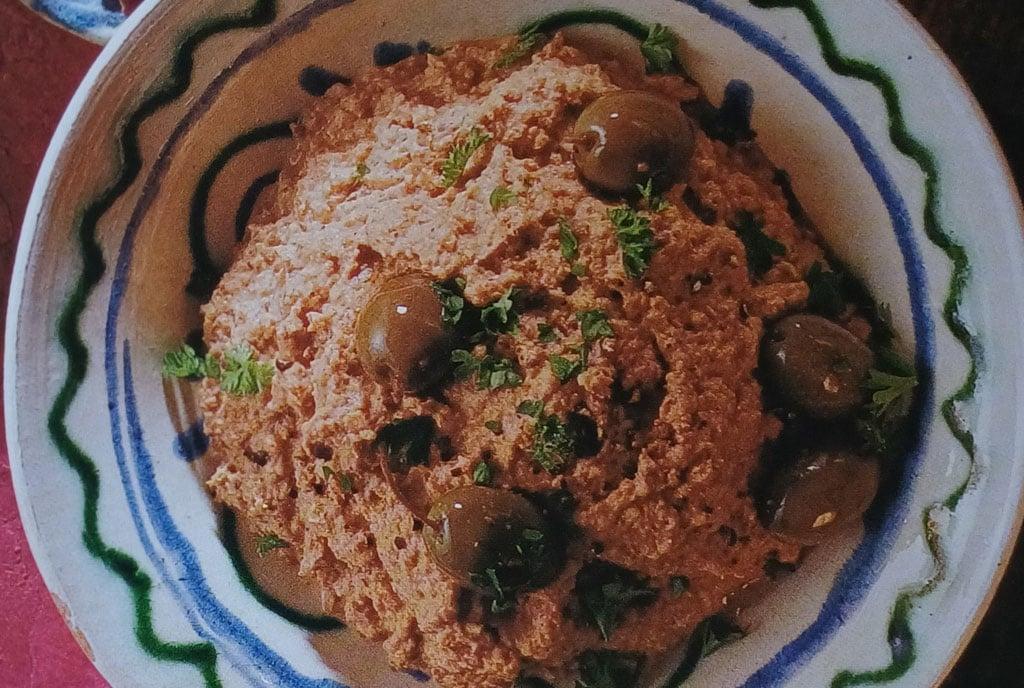Africa-Press – Malawi. According to legend, the fabled and much loved dish known as Baba Ganoush, a Middle Eastern appetiser, was invented by the ladies of the Sultans’ harem, who vied with one another to curry his favour.
What is not in dispute is that one can enjoy countless variations of Baba Ganoush inter alia, as a national dish, from Iraq, Armenia, Jordan, Lebanon, Palestine, Egypt and Turkey.
Likewise, the history of the falafel is also controversial. Some speculate it was invented in Egypt around 1,000 years ago, which then migrated northwards to Persia, whilst others propose it originated with the Arabs or Turks.
These overlapping origins and slight variations on the same dishes, demonstrate the shared traditions of food across the Middle East and beyond The Middle East is made up of The Levant, which includes modern-day Syria, Iraq, Lebanon, Jordan, Egypt and Palestine.
However, many of these foods spread far beyond The Levant and are staple dishes throughout the rest of the Middle East, which is made up of 22 countries including Turkey, Saudi Arabia and Iran. Incidentally, these are not exceptions; devotees of Middle Eastern cuisine will know that hummus, tabbouleh, halloumi and fattoush, albeit often with minor but crucial differences in preparation, can be enjoyed all over this huge area – which is almost twice the size of Europe.
The origins of Middle Eastern food and the shared traditions of spices, preparation and dishes can be traced back to as far as 1500BC, and is a reflection of the area’s history. The Middle East, also known as the fertile crescent, sits at a geographic crossroads between Asia, Africa and Europe; a conduit between ancient Empires. The area with rich and fertile lands, sustained by three rivers, the Nile, the Tigris and the Euphrates, was one of the first to develop agriculture.
At this crossroads the original rich flavours of coriander, cinnamon, turmeric, garlic and saffron mixed with European and Asian influences as the intercultural exchange gave birth to a huge range of food rich in flavour and ingredient.
These dishes were then distributed widely along trade routes between Assyria (northern Iraq) in the north and Egypt in the south, a process consolidated by the rise of Islam and the Persian Empire. This can be seen in the Middle Eastern spice ‘Baharat’ which contains spices including coriander, black pepper, paprika and cardamom, components drawn from across the geographical region.
This spread of knowledge and dishes also reveals why there are local variations in the same dishes, as each region adapted the dish to fit their own access to ingredients and local influences. For example, take the famous Middle Eastern desert called ‘Kanafeh,’ which is said to originate in the Palestinian city of Nablus in the 10th century, it is a sweet, syrupy desert pastry filled with cheese, popular especially in Lebanon and Syria. However, move across to Turkey and this pastry takes a different form and is topped with pistachios and walnuts.
This historic fluidity of exchange and culture across this region is also visible in the similarity of food names across the Middle East and at-home hospitality.
Hosting traditions were drawn from the harshness of the geographical location surrounded by the desert, which meant that when you saw someone approaching from the horizon, your first instinct was to offer the exhausted traveller water and sustenance – an exchange of kindness which you still see today, as the more you eat the more you honour your host.
This whole culture of food is hugely traditional to the region, rather than one specific culture or nationality.
So, in spite of recent history, with the involvement of the European conquerors who were responsible for dividing up the Middle East into smaller countries and hence propagating the divide and rule doctrine, which has become the status quo.
Serves four to six
INGREDIENTS:
• 3 medium size eggplants aka aubergine
• 2 – 3 garlic cloves (crushed)
• 4 tbsp tahini paste
• Juice from two lemons
• 1 tbsp paprika plus extra for garnishing
• Salt and pepper to taste
• Chopped fresh parsley or pomegranate seeds
• Olive oil, plus black olives for garnishing
• Pita bread or vegetable crudités for serving
METHOD:
Preheat oven to 190dC/375dFH/Gas 5. Slit the skin of the aubergine and place on a baking sheet and bake in the oven for 30 – 40 minutes or until the skin begins to split. If you don’t have an oven, no worries. Cook the eggplants until soft over charcoal or on top of a gas flame. In the event that you are using gas, line the metal around the burner with aluminum foil.
Place the whole, unpeeled eggplants over charcoal or over a slow to medium gas flame, Cook the eggplants on all sides, turning as necessary, until soft throughout and the skin is charred. Eventually they will ‘collapse.’
Set them aside for about an hour until they cool and then proceed with the peeling and the discarding of the skin.
Proceed with step number 3.
Place the aubergine on to a chopping board and let them cool.
When they have cooled, carefully peel away the skin.
Place the aubergine flesh into a food processor or blender and add the garlic, tahini, lemon juice, salt and pepper and process into a smooth paste.
If the paste is too thick, add a few tablespoons of drinking water. Taste and correct seasoning and then spoon into a serving dish and make a dip in the centre. Garnish with extra paprika, chopped parsley and a drizzle of olive oil and pitted olives. Serve with hot pita bread or a selection of vegetable crudités.
For More News And Analysis About Malawi Follow Africa-Press






